The U.S. Department of Energy (DOE) Geothermal Technologies Office (GTO) publishes articles, blogs, success stories, highlights, news, and technical reports regularly. Please check back often to receive the latest information on GTO.
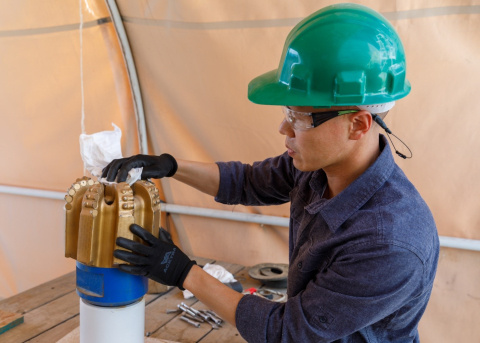
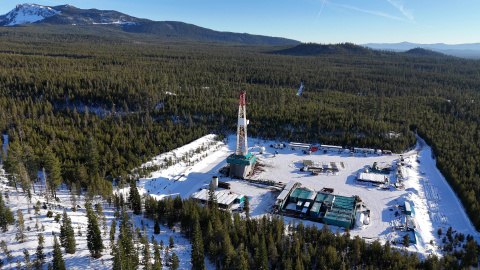
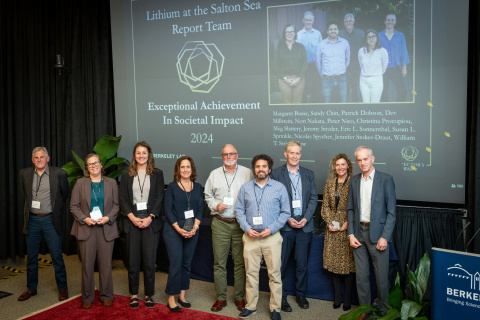



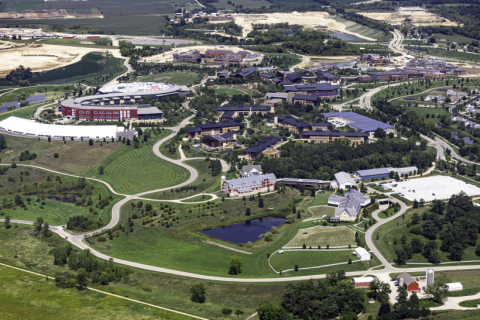
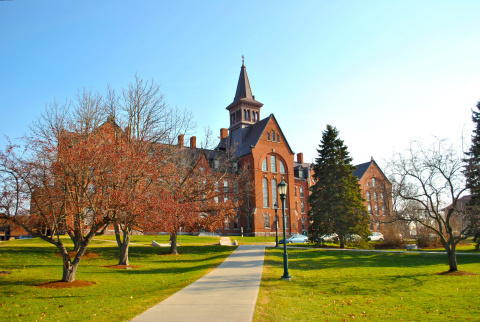
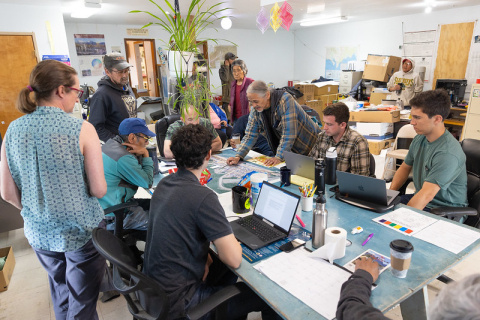

GTO email updates quickly bring funding opportunities, events, publications, and activities directly to your inbox.

